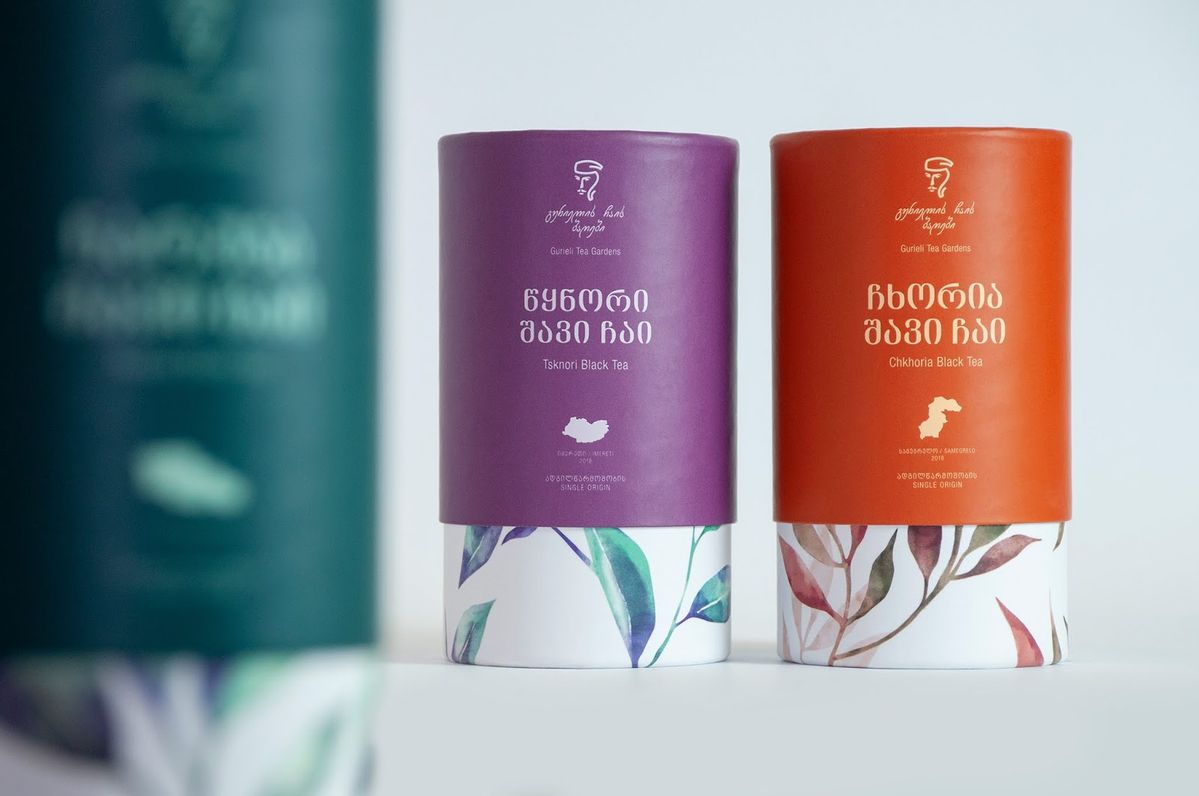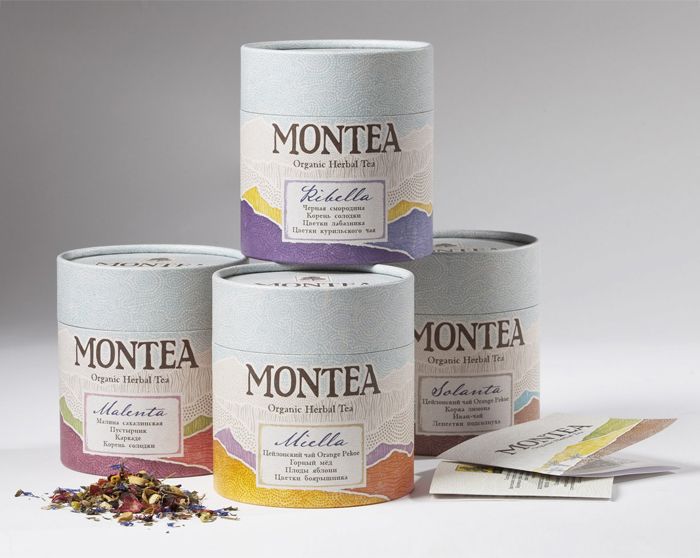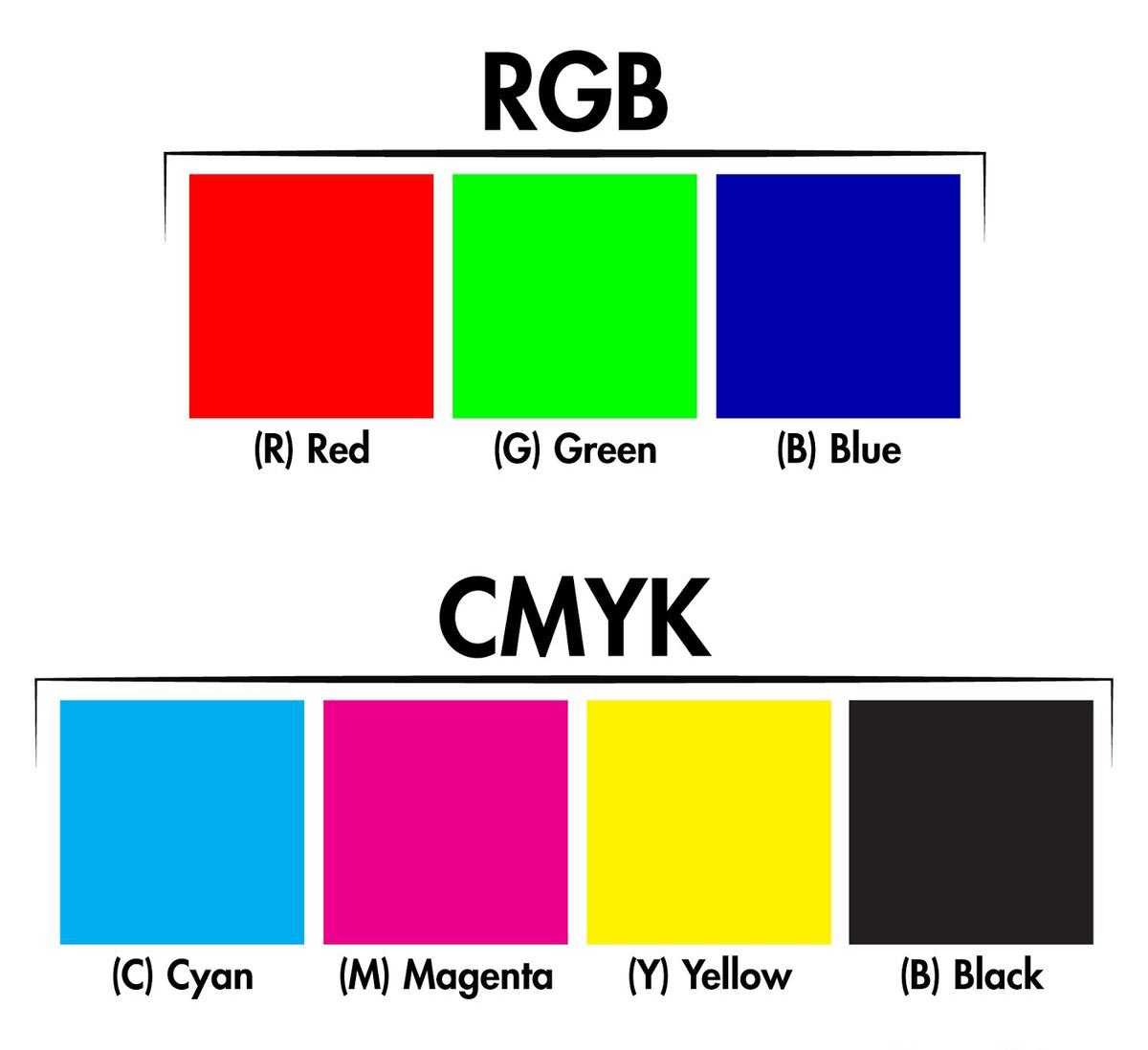
Paper bags vs Plastic bags – the debate rages on and is creating headlines around the world among environment and recyclable conscious advocates. THE FIRST THING many of us do is automatically assume paper is environmentally superior to plastic, but the truth is a bit more convoluted than first appearances let on.
This extensive review of paper bag vs plastic bag will dive into the production of both, the life of the bags, and when they are thrown away, which in turn, will give you the information you need to make the best decision for your business and for the environment.
The Manufacturing Battle: Energy and Resources
Paper Bag Production Process
The journey of paper bags begins in forests where trees are harvested specifically for pulp production. This process requires substantial energy input, with paper bag manufacturing consuming approximately four times more energy than plastic bag production.
Click here to watch Sustainable Manufacturing Process
The transformation from raw wood to finished paper bags involves multiple energy-intensive steps including pulping, bleaching, and forming.

Manufacturing paper bags also requires significant water usage and often involves chemical treatments that can impact environmental quality.The pulping process, while refined over decades, still generates industrial waste that requires careful management.
Source: Waste Management Solutions
For a detailed manufacturing engineer’s perspective on this topic, read our Medium post: “The Hidden Environmental Cost of Your Shopping Bag Choice”
Plastic Bag Manufacturing Efficiency
When examining plastic bags versus paper bags from a manufacturing perspective, plastic demonstrates remarkable efficiency. The production process utilizes petroleum-based materials through a streamlined manufacturing approach that generates fewer carbon emissions per unit produced.
Source: Carbon footprint research.
Plastic bag manufacturing requires less water, produces minimal toxic byproducts, and operates with significantly lower energy requirements compared to paper alternatives. This efficiency advantage becomes particularly notable when considering large-scale production volumes.
Transportation and Distribution Impact
Weight Considerations in Logistics
The transportation phase reveals another crucial difference between plastic versus paper bags. Paper bags weigh approximately five to seven times more than plastic bags of equivalent capacity, directly impacting shipping and distribution logistics.

This weight differential means that transporting paper bags requires more trucks, increased fuel consumption, and higher carbon emissions during the distribution phase. For businesses managing large-scale bag distribution, these factors significantly influence the overall environmental footprint.
Carbon Footprint During Transit
The heavier weight of paper bags translates to increased transportation-related emissions. More delivery vehicles are needed to transport the same quantity of paper bags compared to plastic alternatives, contributing to air pollution and greenhouse gas emissions during the logistics phase.
Practical Usage and Durability Factors
Strength and Reusability Comparison
When consumers actually use plastic bags and paper bags, durability becomes a critical factor. Paper bags are more susceptible to tearing, water damage, and structural failure under weight, while plastic bags demonstrate superior strength-to-weight ratios.
Studies indicate that paper bags must be reused at least three times to offset their higher manufacturing environmental impact compared to plastic bags. However, the fragile nature of paper often prevents this level of reuse in practical applications.
Specialized Paper Bag Applications
Despite durability challenges, paper bags excel in specific applications where their unique properties provide advantages.
Source: Check Paper Bag Product
SOS (Self-Opening Style) Bags offer enhanced liquid resistance and can accommodate twice the volume of comparable plastic bags, making them ideal for food service applications.
Flat Paper Bags serve multipurpose functions effectively, from retail shopping to book storage, providing versatility that many businesses value.
Shopping Bags create premium brand experiences, particularly in fashion and lifestyle retail environments where presentation matters significantly.
Bakery Bags incorporate specialized linings like glassine or wax paper to preserve food freshness and prevent contamination.
Scotchban Bags provide grease-resistant properties essential for food service applications where leakage prevention is crucial.
Environmental Impact During Disposal
Biodegradability and Recycling
The end-of-life phase represents where paper bags demonstrate their strongest environmental advantage over plastic alternatives. Paper bags biodegrade naturally within months under proper conditions, while plastic bags can persist in the environment for hundreds of years.

Paper bag recycling integrates seamlessly into existing municipal recycling programs, with established infrastructure supporting efficient processing. The recycling process for paper bags requires less energy and produces fewer harmful byproducts compared to plastic recycling operations.
Marine Environment Considerations
Why paper bags are better than plastic bags becomes most evident when considering marine environmental impact. Plastic bags pose severe threats to marine wildlife through ingestion and entanglement, while paper bags break down harmlessly in aquatic environments.
Plastic bag microplastic pollution, generated from plastic bags that have broken down, poses long-term environmental questions that scientists are still investigating. These tiny particles work their way into food chains and ecosystems in a manner discarded paper bag waste can never hope to approach.
Landfill and Litter Impact
Since paper bags are a biodegradable waste, they will disintegrate over time in a landfills and will eventually form into the soil. Plastic bags produce enduring waste streams that remain in a landfill for hundreds of years to thousands of years, and may potentially contaminate adjacent soil and water with toxic additives.
Littered paper bags degrade into the landscape relatively quickly (12-18 months compared to plastic bags which will not degrade for hundreds of years) while plastic bags create visual litter as well as imposing danger to wildlife.
Economic Considerations for Businesses
Cost Analysis for Manufacturers
Businesses evaluating plastic bag vs paper bag options must consider both immediate costs and long-term economic implications. Paper bags typically cost more to produce and purchase initially, but regulatory trends increasingly favor paper alternatives through plastic bag taxes and bans.

Many jurisdictions implement plastic bag fees or restrictions that make paper bags more economically attractive despite higher upfront costs. Forward-thinking businesses often view paper bag adoption as protection against future regulatory changes.
Brand Image and Consumer Preferences
Consumer perception increasingly favors businesses that choose paper over plastic, viewing this decision as environmentally responsible. This preference can translate into customer loyalty and positive brand association that provides intangible economic value.
Source: Brand Enhancement Through Sustainable Packaging
Companies in retail, food service, and hospitality sectors often find that paper bag adoption aligns with broader sustainability marketing strategies, creating competitive advantages in environmentally conscious market segments.
Regional Variations and Regulations
Global Policy Trends
Worldwide regulatory trends increasingly restrict plastic bag usage while promoting paper alternatives. Many countries and municipalities implement plastic bag bans, fees, or taxes that make paper bags the more viable option for businesses.
These policy changes reflect growing recognition of plastic bag environmental impacts and create business incentives for transitioning to paper alternatives despite higher manufacturing costs .
Industry-Specific Considerations
Different industries experience varying impacts from the paper versus plastic debate. Food service operations benefit from specialized paper bag types designed for their specific needs, while retail businesses appreciate the branding opportunities that paper bags provide.
Making the Right Choice for Your Business
Sustainability Assessment Framework
When evaluating why are paper bags better than plastic bags for your specific application, consider the complete lifecycle impact including manufacturing, transportation, usage patterns, and disposal methods. Businesses should assess their typical bag usage volume, customer reuse patterns, local recycling infrastructure, and regulatory environment when making this decision.
Best Practices for Implementation
Successful transition from plastic to paper bags requires careful planning around supplier relationships, cost management, and customer communication. Many businesses find success in gradual implementation approaches that allow adjustment periods for both operations and customers.
Future Innovations and Alternatives
Emerging Technologies
The packaging industry continues developing innovative solutions that address limitations of both traditional paper and plastic bags. Advanced paper treatments improve water resistance and durability while maintaining biodegradability advantages. New manufacturing techniques reduce the energy requirements for paper bag production, potentially narrowing the manufacturing phase environmental gap between paper and plastic options.
Sustainable Packaging Evolution
Beyond the traditional paper versus plastic debate, businesses increasingly explore reusable bag programs, biodegradable plastic alternatives, and innovative packaging solutions that minimize environmental impact while meeting practical business needs.
Conclusion: The Verdict on Paper vs Plastic
Comparing the full lifecycle of the two, the winner is not quite clear between plastic and paper bags. Those plastic bags are the better bet, production-wise and transport-wise, while paper bags squeak by in both the a) use and b) disposal part of their lives.
For businesses looking to cater to customers interested in a reusable option, with an eye toward long-term environmental impact and meeting regulations as they phase out single-use plastic bags, paper bags are the most sustainable answer, even when considering the higher manufacturing cost and energy. Due to the fact that the environmental awareness is increasing and of legislation the biodegradable and recyclable paper bag with low marine ecotoxicity record is gaining ground.
The choice ultimately depends on company need, local legislation and customer preference, and environmental sustainability in the long term. But the movement toward paper bags is part of a larger acknowledgment that when it comes to environmental and end-of-life issues, the disposal phase usually counts more than the manufacturing phase in the sustainability ledger.
As global paper tube packaging suppliers, we know that choosing environmentally sustainable packaging means taking all things into consideration, and where a paper bags vs plastic bags comparison is concerned, a change may be in order, and in fact, necessary. It seems the evidence is clear that while plastic may win the manufacturing war, paper bags win the environmental one.
About All Paper Tube: All Paper Tube is a global leader in paper tube packaging that is dedicated to providing responsible packaging solutions that offer function and protection for products and the environment. Visit allpapertube.com to view our complete line of sustainable packaging solutions.








